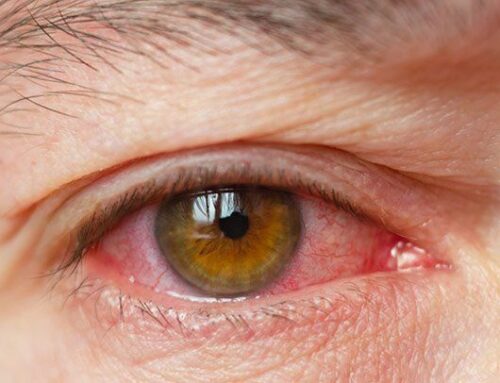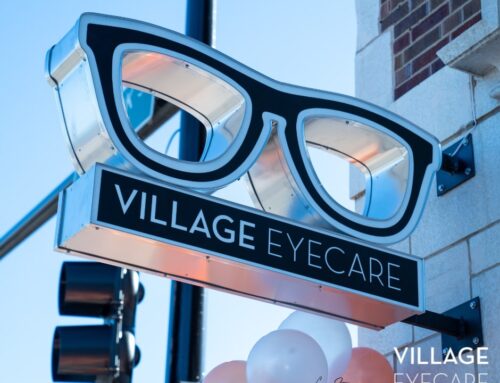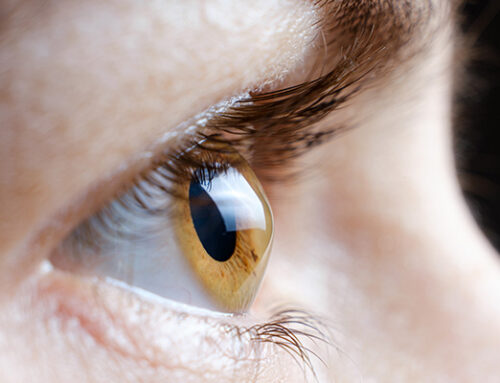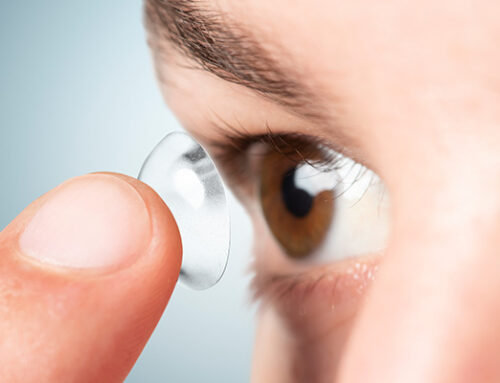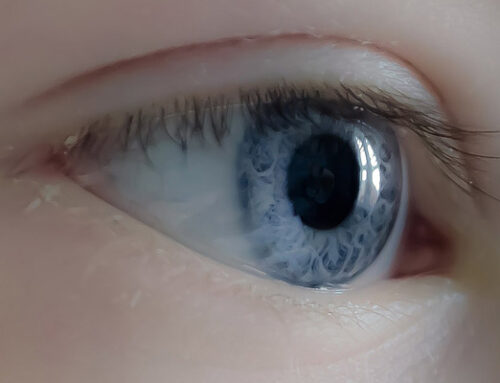What is Myopia – Slow the Progression of Nearsightedness
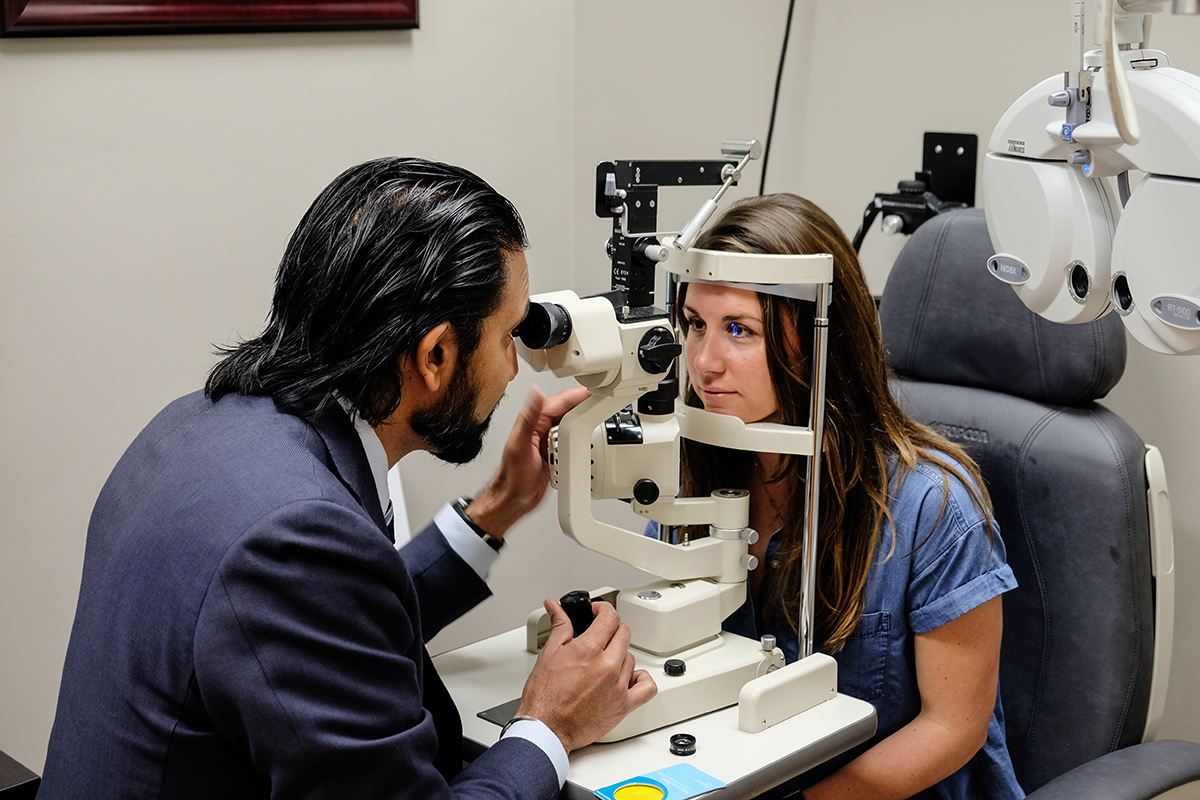
Each time you visit the eye doctor, is it necessary to get a stronger prescription? Myopia is a condition that causes eyes to become progressively more nearsighted, which means that you might need to change your prescription lenses every time you visit the eye doctor. It shouldn’t be normal to get stronger and stronger glasses each year. So, you should have a conversation with your optometrist about how your eyes are changing and the treatments that can be used to correct the vision changes.
What is Myopia?
Most people have heard the term “nearsighted,” and this term is a general name for myopia. This eye condition causes the eyes to have a hard time seeing objects that are far away. In most situations, the objects that are far away will appear to be blurred. Even though the distance vision is blurred, the person can clearly see close-up objects.
Why Myopia needs to be Treated
At this point, researchers have not been able to identify a cure for myopia. But, there are treatments that can be used to slow the progression of the eye disease. With active treatment, it is possible to preserve eyesight and stop the vision from getting worse.
If myopia continues, then it might be necessary for a child to wear strong corrective eyeglass lenses. These lenses can be used to correct the vision temporarily so that the patient can see. The problem is that thick, corrective lenses have been associated with other eye problems that can develop later in life. For example, these lenses might be associated with the development of detached retinas or early cataracts.
Three Types of Treatments for Myopia
As with any eye disease, it important to take a proactive approach to treating the condition. By working closely with an experienced optometrist, you can find the right treatment to match your individual needs.
These are three common treatments that are suggested for myopia:
- Eye Drops: For short-term results, atropine eye drops can be used for myopia control. The
medication causes the pupil to dilate, and a temporary paralyzing accommodation helps the
focusing mechanism of the eye to relax. There are some drawbacks, though because the results
are only temporary. - Gas Permeable Contact Lenses: Orthokeratology is the use of certain types of contact lenses.
These lenses should be worn at night, and they help to correct vision when the patient is awake.
It has been suggested that the use of these lenses for children with myopia might help to reduce
the long-term results of this eye condition. - Multifocal Contact Lenses: These unique contact lenses can be used to help with the correction
of presbyopia and myopia. The dual-focus design has been tested in several research studies,
and results have shown a slowing of the progression of myopia.
Are you looking for solutions to slow the progression of myopia? Contact our experienced team at Village Eyecare to learn more about treatments for myopia. We will schedule an appointment for you to discuss your individual concerns with an expert, to identify the best treatment for your needs.



